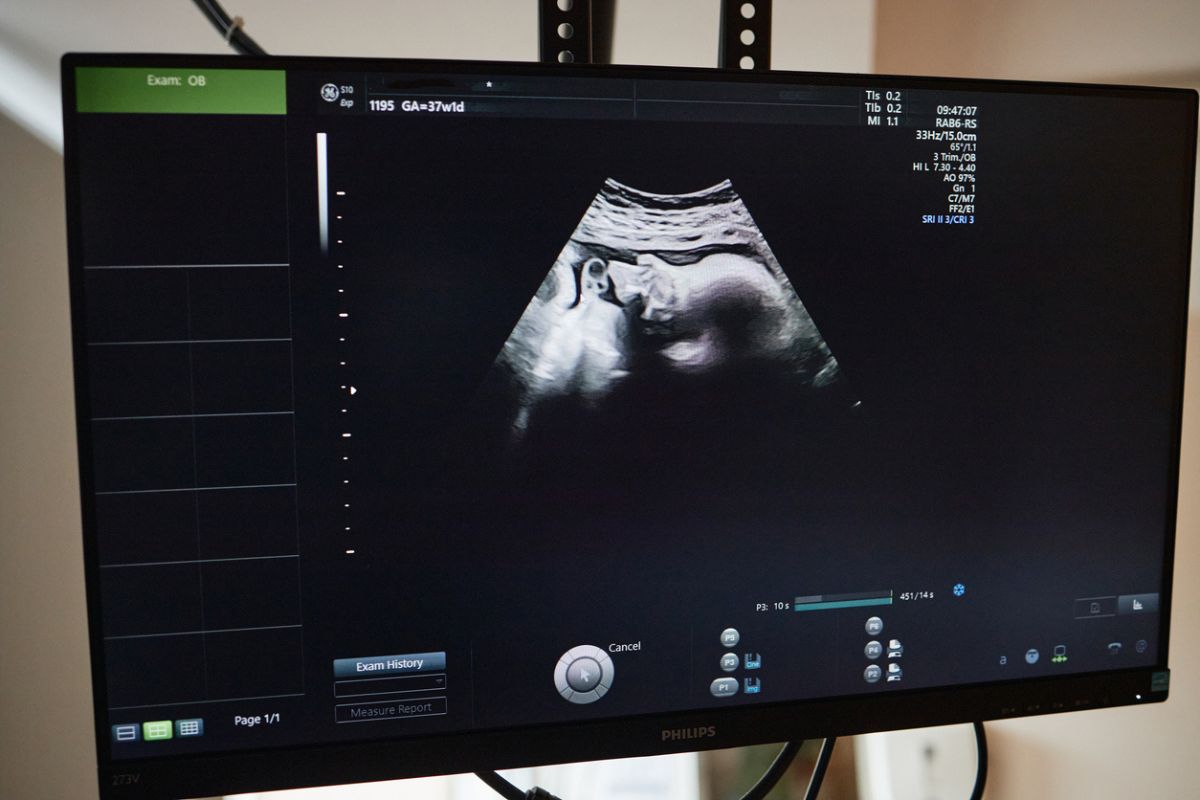For decades, researchers have attempted to better understand the relationship between childhood trauma and adult substance abuse. Multiple studies have reinforced the contention that abuse, or assault, can drive those survivors to alcoholism, especially among women. One study, for example, argues that post-traumatic stress disorder (PTSD) can act as a bridge between the two.
But, until now, “studies have not determined conclusively the role of parental alcohol abuse in the perpetration of physical or sexual child abuse or neglect.”
That’s about to change. A new meta-analysis showed a robust link between caregiver alcohol use and the onset and recurrence of child maltreatment.
“Our findings show that caregivers who have alcohol-related diagnoses, including hospitalisations or service use for alcohol, had twice the likelihood of child maltreatment compared to caregivers without these diagnoses,” lead author June Leung, MD, said in a press release. “While many factors contribute to child maltreatment, alcohol is one preventable risk factor that contributes to this complex problem.”
Methodology
The systematic review led by a group of University of Auckland researchers, point to alcohol-related diagnoses as a big red flag that could hint at child abuse and neglect. As a result, the New Zealand researchers make an impassioned plea for more proactive public health policies to forestall alcohol-related risks.
The researchers looked at evidence pulled from a dozen different studies that spanned eight high-income countries, including Australia, Denmark, New Zealand, South Korea, the United States, and the United Kingdom.
All told, the studies spanned tens of thousands of families, with sample sizes ranging from 501 to more than 84,000. All of the studies the team reviewed relied on a longitudinal design. It’s an approach that offered more solid intel into the temporal relationship between caregiver alcohol use and child abuse.
The investigation found that caregivers with alcohol-related diagnoses had more than double the odds of being involved in child maltreatment incidents compared to those without. Specifically, these caregivers led to a 2.32 times higher risk of initial child abuse and a 1.92 times greater risk of repeated incidents.
Although the review couldn’t confirm a more definitive link between general alcohol consumption and child maltreatment, it certainly makes it more difficult to rule it out.
“We know the more alcohol outlets there are in a community, the more people drink and the more harm they experience. Some international studies have even found relationships between alcohol outlet density and child maltreatment,” associate professor and co-author Taisia Huckle added. “The research evidence clearly shows that reducing the availability of alcohol, effective regulation of alcohol marketing and increasing the price of alcohol reduces consumption.”
Breaking New Ground
It’s widely understood that child maltreatment remains woefully underreported. Shame, fear, or a simple inability to communicate typically hampers disclosure, especially when the perpetrator is a trusted adult.
While previous research has explored the link between caregiver alcohol use and physical abuse, this latest study is the most exhaustive to date, expanding its scope to every form of maltreatment while differentiating between single and recurring incidents. And the researchers only looked at research that controlled for socioeconomic factors. That was a crucial move since both alcohol abuse and child maltreatment are more systemic among disadvantaged populations.
Even so, the review’s implications appear clear. The researchers urge policymakers to recognize caregiver alcohol use as an avoidable risk factor. They advocate for integrating alcohol control measures, such as increased taxes, marketing restrictions, and reduced retail availability, into child protection strategies.
“Policies to address family violence mostly focus on support for parents and caregivers, which is very important, but we also need preventative policies tackling the availability, marketing and pricing of alcohol to reduce risk at a population level,” Leung concluded. “Better alcohol policy can help to protect children from harm.”
Further Reading
Dry January Gains Steam as Research Exposes Alcohol Risks
Researchers Identify Link Between Childhood Trauma, PTSD
Strategies for Cutting Down and Stopping Alcohol Use



